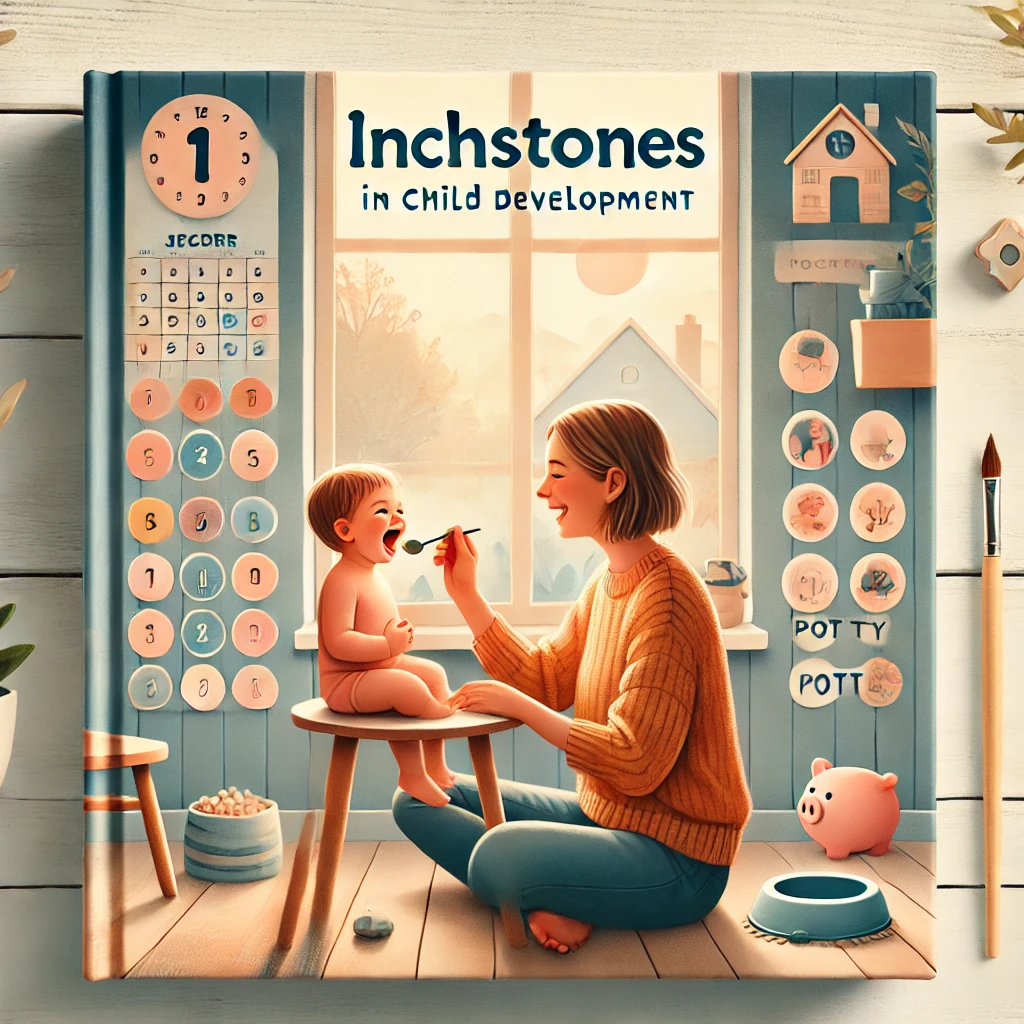
Family planning plays a crucial role in empowering individuals and couples to make informed decisions about their reproductive health. By providing access to a range of safe and effective methods, family planning allows individuals to plan the timing and spacing of their pregnancies, leading to healthier families and brighter futures. In this blog post, we will explore various family planning methods, shedding light on their benefits, effectiveness, and considerations. So, let’s dive in and discover the empowering world of family planning!
Family planning is a personal and intimate decision, influenced by factors such as personal beliefs, cultural norms, health considerations, and individual circumstances. It is essential to have accurate information and understand the available options to make the best choice that suits your needs.
- Barrier Methods: Protection and Peace of Mind Barrier methods act as physical barriers, preventing sperm from reaching the egg. They offer reliable protection against both unintended pregnancies and sexually transmitted infections (STIs). Condoms are the most widely known and accessible barrier method. They are available for both males and females and when used consistently and correctly, provide effective contraception.
Condoms are easy to use, readily available, and offer the added benefit of protecting against STIs. They come in various types, including latex and non-latex options. Always ensure the condoms you use are approved by regulatory authorities and have not expired.
- Hormonal Methods: Regulating Reproductive Health Hormonal methods work by altering the body’s hormonal balance to prevent ovulation, thinning the uterine lining, or thickening cervical mucus, making it difficult for sperm to reach the egg.
Oral contraceptives, commonly referred to as “the pill,” are a popular choice. They are taken daily and are available in various formulations. It is important to discuss the pill’s potential side effects and any pre-existing medical conditions with a healthcare professional to find the most suitable option.
Injectable contraceptives are another hormonal method, providing long-lasting protection with injections required every few months. This method offers convenience and high effectiveness, but it may take time for fertility to return after discontinuation, so it is essential to consider long-term plans.
- Long-Acting Reversible Contraceptives (LARCs): Extended Peace of Mind LARCs are highly effective, reversible methods that provide long-lasting contraception without requiring daily or frequent attention.
Intrauterine Devices (IUDs) are T-shaped devices inserted into the uterus by a healthcare provider. They can be hormonal or non-hormonal and offer protection for several years, depending on the type. IUDs are a reliable option for individuals seeking long-term contraception with the flexibility of removal if pregnancy plans change.
Implants are small, flexible rods inserted under the skin, typically in the upper arm. They release hormones that prevent pregnancy and can provide protection for several years. Implants offer discreet and reliable contraception, making them suitable for those seeking a long-term solution.
- Natural Methods: Understanding Your Body Natural methods involve tracking and understanding fertility signs to determine fertile and non-fertile days in a menstrual cycle. These methods require dedication, awareness of the body’s natural changes, and regular tracking of menstrual cycles, basal body temperature, and cervical mucus patterns.
Fertility Awareness-Based Methods (FABMs) empower individuals with knowledge about their reproductive cycle and allow them to make informed decisions. It is important to receive proper education and guidance from a trained professional to ensure accurate tracking and interpretation of fertility signs.
- Sterilization: Permanent Choices For individuals or couples who have completed their family or decided not to have children, sterilization provides a permanent form of contraception. Tubal ligation is a surgical procedure for females, where the fallopian tubes are closed or blocked. Vasectomy is a surgical procedure for males, involving the sealing or cutting of the vas deferens. These procedures require careful consideration as they are not easily reversible.
Family planning methods offer a wide range of options that empower individuals and couples to take control of their reproductive lives. Each method has its own benefits, considerations, and effectiveness rates, allowing individuals to choose the option that best suits their needs and goals. It is essential to consult with healthcare professionals to determine the most suitable method based on personal health, lifestyle, and future family planning goals.
As someone who has personally experienced family planning, I understand the significance of finding the right method. For instance, I used NORIFAM, a hormonal method, and DMPA, a long-acting injectable contraceptive, for about five years. During that time, these methods provided me with the peace of mind and control I desired.
Sharing personal experiences like mine can help individuals in their decision-making process. However, it’s important to remember that what works for one person may not work for another. Consulting with a healthcare provider is crucial for receiving personalized guidance and addressing any concerns.
By embracing family planning, individuals can enhance their overall well-being, achieve educational and career aspirations, and build strong and healthy families. Remember, family planning is a personal choice, and it is crucial to consider individual circumstances, values, and desires when selecting a method. By being informed and empowered, we can shape our futures, achieve our goals, and create a world where every family thrives.
Disclaimer: The information provided in this blog post, including my personal experience, is for educational purposes only and should not replace professional medical advice. Consult with a healthcare provider for personalized guidance regarding family planning methods.
Sources:
- Planned Parenthood – https://www.plannedparenthood.org/
- World Health Organization – https://www.who.int/
- Centers for Disease Control and Prevention – https://www.cdc.gov/











